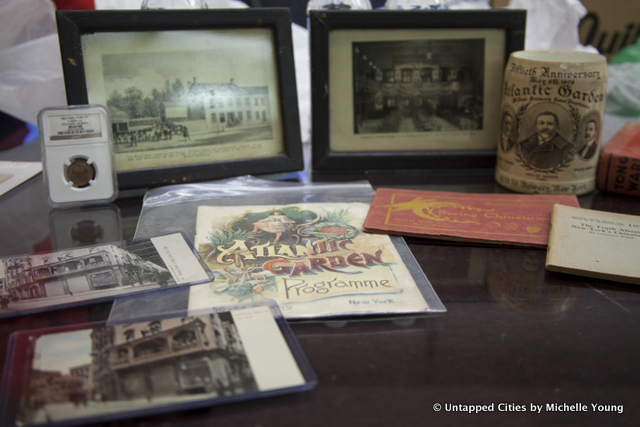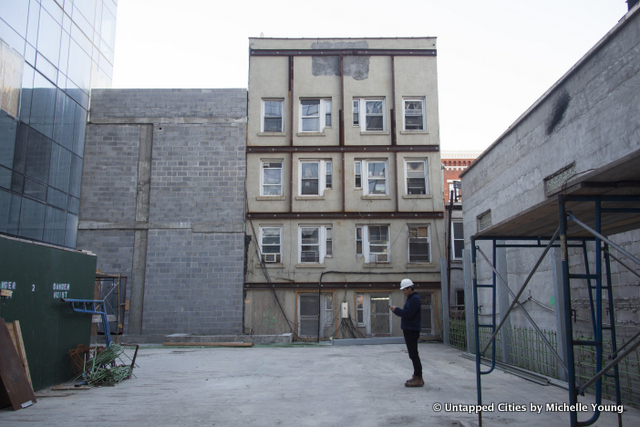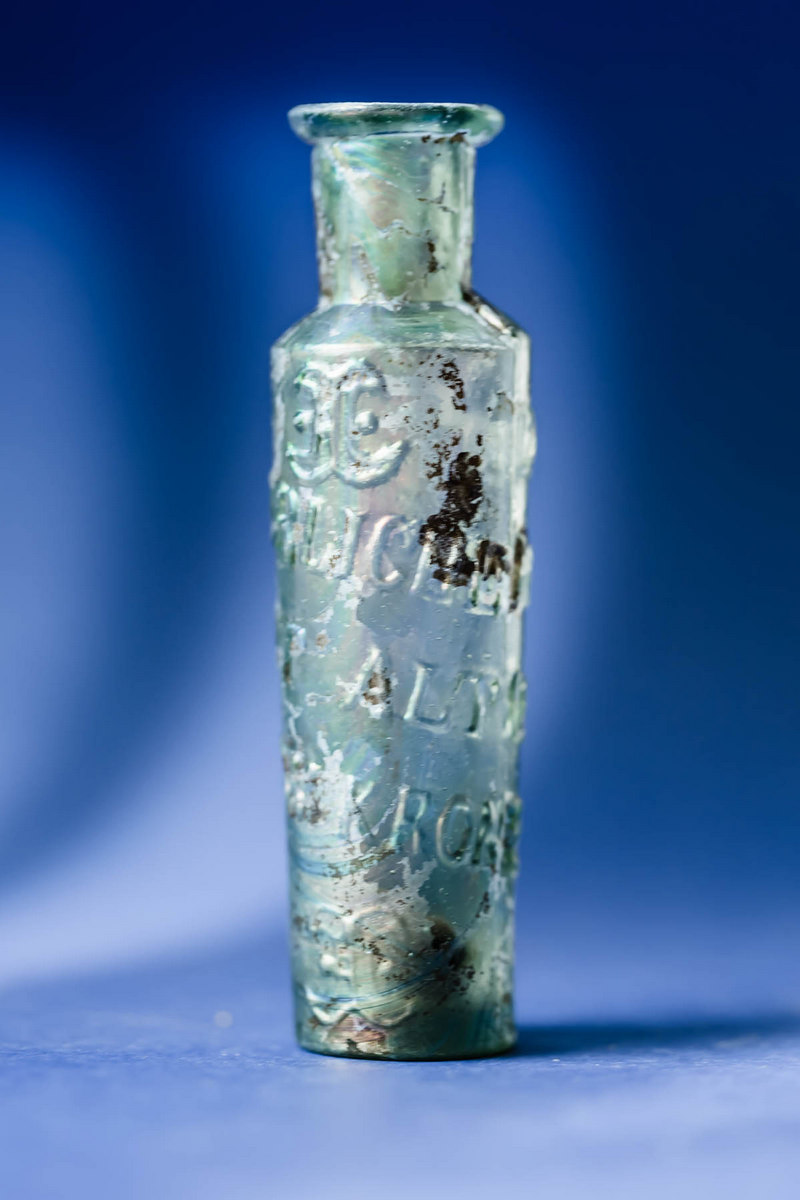 Artifacts uncovered at 50 Bowery in an archeological excavation. Photos by Chrysalis Archeological Consultants
Artifacts uncovered at 50 Bowery in an archeological excavation. Photos by Chrysalis Archeological Consultants
Like many places in Chinatown, 50 Bowery is a site with layers and layers of history – since the days of the early settlement, it played host to waves of immigration and entertainment, and today is undergoing conversion into its latest incarnation: a 22-story hotel being developed by one of Chinatown’s notable real estate families. Starting in December, we were given special access to the construction site at 50 Bowery, along with the numerous archeological finds discovered beneath the site. While the New York Times has also recently covered the history and controversy amidst this historically rich site, we will show here the many unique remnants found during the excavation for the hotel.
For the historical documentation, 50 Bowery Holdings, LLC hired Chrysalis Archeological Consultants, the renown firm that has lent its expertise to the burial finds beneath Washington Square Park and other notable sites in New York City. As 50 Bowery was not landmarked and is not within a historic district, the Chu family did not have any legal obligation to perform an archeological study – but Jonathan Chu and his sister Lauren become fascinated by the site’s history and agreed to fund an assessment. The Chu siblings have also been avidly collecting ephemera from the site’s history, sometimes accidentally bidding against each other on eBay. As Jonathan shows us, some of what they’ve been able to purchase online has been of far better quality than those he ave found in museums, and the items form a nice counterpart to the actual artifacts uncovered in the archeological dig.
 Items purchased by the Chu siblings about 50 Bowery and its surrounding sites, including the Chinese Tuxedo
Items purchased by the Chu siblings about 50 Bowery and its surrounding sites, including the Chinese Tuxedo
Walking through the finds with Alyssa Loorya, President and Principal Investigator of Chrysalis Archeological Consultants, she informed us that the team even “brewed recipes based on this project – we made bitters, we made a beer, and an elixir of long life.” The site at 50 Bowery was at varying points a tavern (possibly the Bull’s Head Tavern which was either partially at or around the property), the Atlantic Garden (a famous German beer garden), a theater, a hotel and a stove dealership. In more recent years, it has been a Chinese restaurant, a Popeyes, and a Duane Reade.
 Jonathan Chu at the construction site in December
Jonathan Chu at the construction site in December
Loorya contends that there’s a “great level of continuity of this one plot of land as a stopping point for travelers in and around the city, and will be again.” The items discovered also tell the story of changing immigrant communities. 50 Bowery was on the edge of what was Kleindeutschland, settled after by the Italians and the Chinese. As such, the finds include bottles, dishes, pots, tiles, and more, brought together through the continuity of culture and uses at this site. Whereas the previous structures at 50 Bowery have come and gone, the history lives on in the myriad of items found here.
Here are 15 items in the study we found the most fascinating:
1. The Elixir of Long Life
 Photo by Chrysalis Archeological Consultants
Photo by Chrysalis Archeological Consultants
One of the recipes the Chrysalis team made was an “elixir of long life,” inspired by this small glass vial found on the site. Emblazoned on the bottle are the words “Die Keisserliche Privilegirt Attonatiche W. Kronessents” which translates to “The Royal (Kaiser) Privileged Altona Essence.” According to the Chrysalis report, “this was a medicinal tincture produced under the auspices of the crown near Hamburg, Germany.”
Loorya places this bottle within the context of Prohibition, when medicinal beverages became an easier way to procure a drink during this time. “We were able to find a patent recipe for it, and it was one of the things that we brewed,” Loorya says. Unfortunately, she continues, “It tasted absolutely horrible.” Loorya describes that the tonic was meant to only be tasted a few drops at at time, placed on the tongue.





